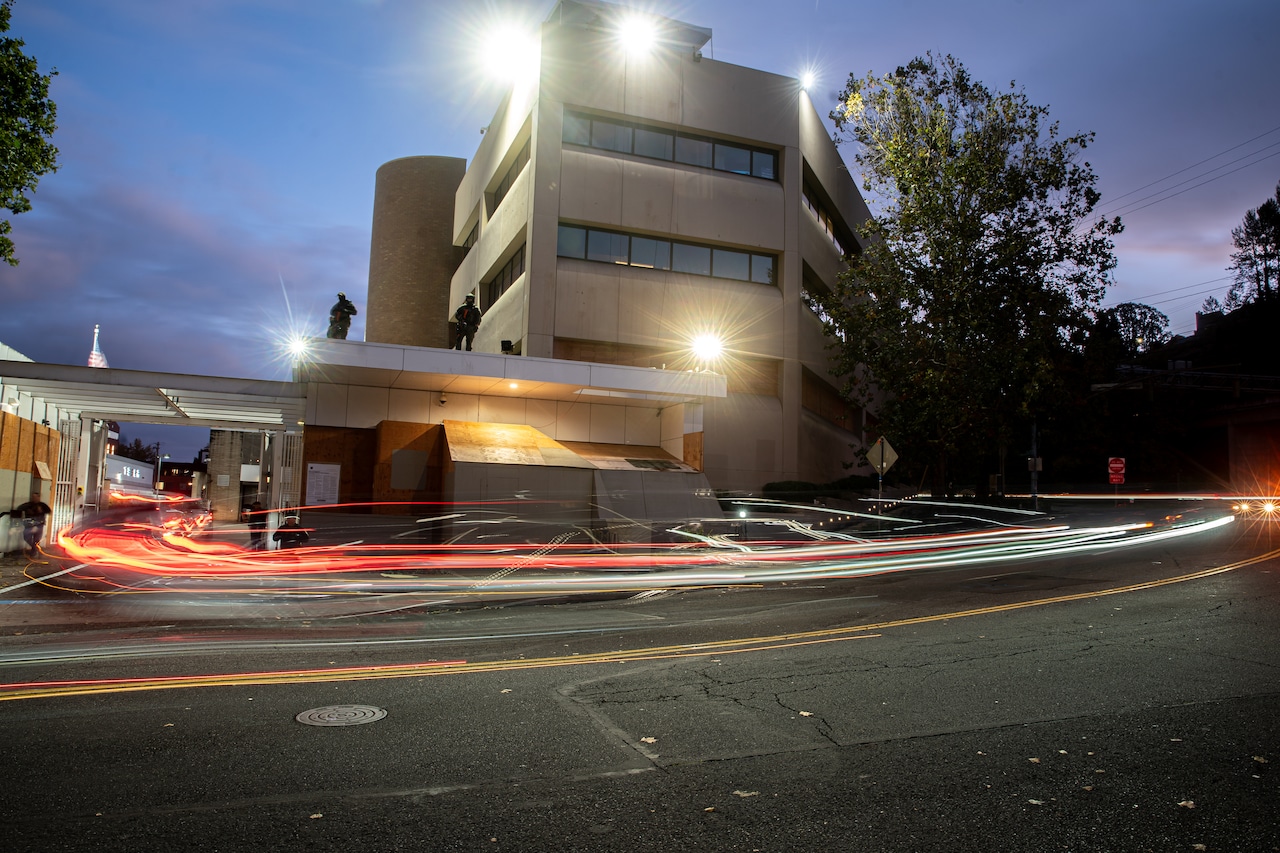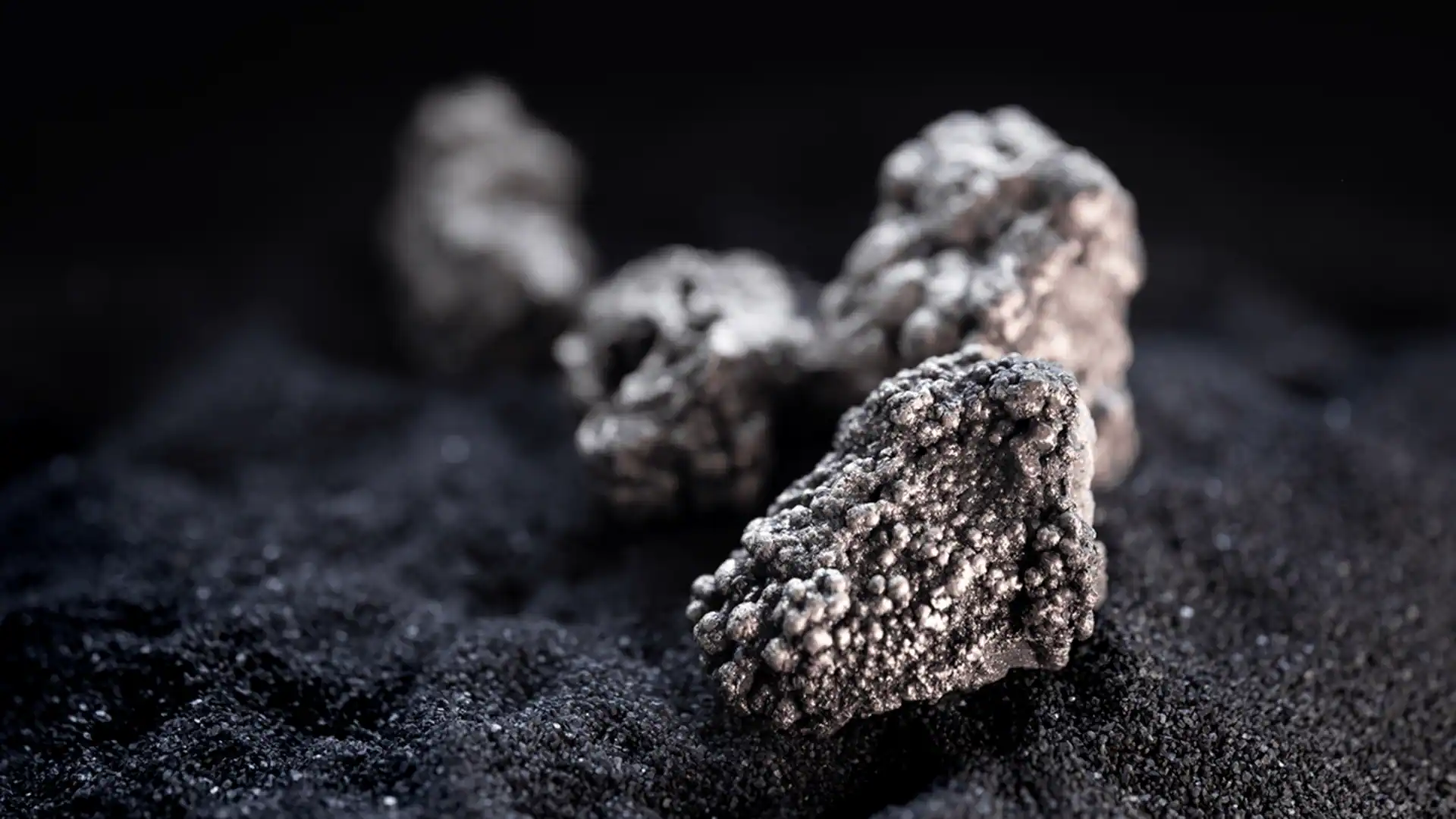Copyright timesnownews

There’s a certain romance to whisky. The swirl, the sniff, the slow sip — each movement deliberate, almost meditative. Yet behind this ritual of indulgence lies a quiet truth: whisky’s allure isn’t just taste. It’s aroma. In fact, nearly 80 per cent of the whisky experience is smell — a sensory world shaped not by mystique, but by meticulous chemistry. That first whiff — be it of honey, smoke, or oak — carries the story of barley fields, copper stills, oak barrels and decades of patience. Every drop is a science experiment perfected by time and human touch. And while most drinkers swirl their dram without a thought, whisky’s scent is where its true soul lies. This is the story of how it’s made, molecule by molecule — the fascinating chemistry behind the world’s most complex spirit. Where It All Begins: Barley, Malting and Mashing Every whisky begins its journey as barley, water and yeast. But long before ageing and blending, the earliest aromas are already forming. The first chapter unfolds in malting and mashing, when enzymes begin transforming starches into fermentable sugars. “The aroma and taste of a whisky is not an accident,” says Anup Barik, Master Blender at Radico Khaitan. “It is intelligent craftsmanship combining nature, science and patience. Every drop carries the fingerprint of its origin, the story of its creation, and the soul of its maker.” During malting, as barley germinates and dries, those signature malty, nutty and biscuity notes emerge. Some distilleries add peat smoke to the kilning process, infusing the barley with phenols — the compounds that later give whiskies their smoky, earthy or even medicinal scents. Fun Fact: Phenol is also used in antiseptics, which explains why some smoky whiskies carry a subtle hospital-like aroma — one that whisky lovers fondly call “Islay medicine.” Fermentation: The Birthplace of Aroma After mashing, the sugary liquid meets yeast, and this is where things get lively. Fermentation is, quite literally, the birth of aroma — a frothing, fizzing laboratory where alcohol and hundreds of aromatic compounds (known as congeners) are born. “Fermentation is the birthplace of congeners,” explains Sanjiv Kumar Puri, Regional Director – Indian Subcontinent, Angus Dundee Distillers. “When yeast ferments grains, it creates alcohol and esters that give fruity or floral aromas. Distillation refines these compounds and adds others like aldehydes and higher alcohols that build intensity.” Esters formed during fermentation bring sweet, fruity, and citrusy notes — think apple, pear, or banana. Higher alcohols lend oily and spicy tones, while acids add subtle tang. The strain of yeast, fermentation time, and temperature all determine how the whisky will eventually smell. It’s biology meeting chemistry — yeast turning sugar into scent, setting the stage for everything that follows. Fun Fact: The same ester responsible for banana sweets — isoamyl acetate — also appears in some whiskies. Distillation: The Sculptor’s Stage Once fermentation is complete, distillation becomes the sculptor’s tool. Here, the wash is heated in copper pot stills, and alcohol vapours carry with them a complex bouquet of aroma compounds. Copper doesn’t just look pretty — it’s essential. It acts as both purifier and catalyst, stripping away sulphurous compounds (which smell like struck matches or rubber) and encouraging the formation of delicate fruity and floral esters. “The stills act as both purifier and catalyst,” notes Barik. “They strip away the negative congeners and retain the positive. The shape of the still and the rate of distillation define the distillery’s character — each drop carries a signature, a distillery DNA.” Master distillers make precise cuts during the run, separating the heads (too sharp) and tails (too heavy) from the heart — the purest section, rich with the right balance of compounds. Distillation is where the whisky’s aromatic character takes its most recognisable form — refined, expressive, and ready for time to do its work. Maturation: Where Time Becomes an Ingredient If distillation defines a whisky’s shape, maturation gives it depth, warmth, and complexity. For years, sometimes decades, the liquid rests in oak casks — and chemistry quietly takes over. “As the spirit matures in oak barrels, the wood releases vanillin, tannins and caramelised sugars,” says Puri. “They’re responsible for sweet, nutty, and dry notes. Over time, oxygen reacts with these molecules, softening harsh edges and creating complex layers.” American oak lends aromas of vanilla, coconut, and honey, while European oak (especially ex-sherry casks) adds spices, dried fruits and depth. The interaction of spirit, oxygen, and wood transforms raw spirit into golden whisky. “Temperature shifts in the warehouse push the liquid in and out of the wood,” Puri adds. “This deepens aroma and colour — a natural breathing process that gives whisky its heart.” The evaporation that happens during ageing, known as the Angel’s Share, also plays its part — concentrating aromas and adding subtle oxidative sweetness. Fun Fact: Scotland’s warehouses lose nearly 2% of whisky every year to evaporation. Some say the angels are the happiest drinkers in the world. The Art of Blending: Crafting the Symphony When whisky has matured to perfection, it’s time for the final act — blending. A Master Blender, armed with years of training and an extraordinary sense of smell, brings together casks of different ages and characters to create a harmonious whole. It’s part science, part artistry, and entirely sensory. “Blending is emotional architecture,” Barik explains. “It brings together different casks and ages to harmonise into a single sensory story.” Some casks add brightness and fruit, others bring smoke, spice or sweetness. The result isn’t just a liquid — it’s a story in scent. The blender listens not with ears, but with the nose, balancing aroma molecules the way a composer balances musical notes. How to Nose Whisky Like a Master You don’t need to be a blender to appreciate whisky the right way. Understanding how aroma works changes the way you drink forever. Here’s how to get the most from your dram: Pick the right glass. A tulip-shaped Glencairn traps and funnels aromas perfectly. A tumbler, charming as it looks, lets them escape. Add a few drops of water. Water dilutes alcohol vapours and releases hidden esters — suddenly, fruit and floral notes bloom. Go easy on the swirl. Whisky isn’t wine. Gentle movement is enough to awaken its volatile compounds. Smell in layers. Take short sniffs. Identify top notes (fruit, citrus), middle notes (vanilla, spice), and base notes (oak, smoke). Mind the temperature. Too cold suppresses aroma, too warm makes alcohol overpowering. Slightly below room temperature is perfect. “When poured, volatile compounds rise and stimulate smell receptors,” says Puri. “They reveal a mix of fruit, spice, smoke, and wood. The scent of whisky reflects science at work — chemistry shaped by time, wood, and environment.” Smoky vs Peaty: Not the Same Thing Many whisky drinkers think smoky always means peaty — but that’s only part of the story. Peat smoke introduces phenols such as guaiacol and cresols, which give whiskies like those from Islay their medicinal, tar-like smokiness. But whiskies aged in heavily toasted oak can also smell smoky, though in a sweeter, charred-vanilla way. So, the next time your dram smells like bonfire, bacon, or leather, remember — it might be the wood, not the peat. The Nose Knows In the end, whisky smells the way it does because every stage — from barley field to barrel warehouse — contributes a chapter to its aromatic biography. It’s chemistry, yes, but also craftsmanship. It’s oxygen and oak, but also patience and intuition. The science behind whisky’s scent may be measurable, but its effect — the moment that aroma hits the nose and memory stirs — remains pure magic. As Barik puts it beautifully, “The smell of whisky is ultimately a sensory equation of raw materials, malting, mashing, fermentation, distillation, oak influence, time, and human intervention. It’s what leads to the sensorial pleasure you experience from a good whisky.” So, the next time you raise your glass, take a moment to breathe it in. You’re not just smelling whisky — you’re inhaling years of chemistry, centuries of craft, and a timeless story bottled by human hands.



